What To Do When You Don’t Sell Out (Seats)
I was hired by a client to present in a 500-seat theatre with big plush red seats.
It was an event for parents in the evening and it was going to be great! I could feel the energy building as I spoke to the students during the day.
On the night of, parents started trickling in.
The first couple sat in row 8. Another sat further back, in row 14.
A few more showed up: one person in row 3, another in row 23.
But when 7 p.m. hit, and I was meant to go on, there were only 32 people in the audience.
THIRTY-TWO!
In a room that seats 500, less than 7% showed up.
It was humiliating.
Not only did 32 people show up, but they didn’t even sit together which made it painstakingly more obvious that I was presenting to an empty theatre.

Let me tell ya, it was hard on the ego. And as tempted as I was to pack it in that night without even speaking (Y’all wanna chat over dinner?)… I stuck it out and learned a few valuable lessons from that fateful evening.
1. You have ONE job
This will not be the only time I present to a near-empty room. And it will happen to most speakers throughout their career. The trick is in how you deal with it.
It’s easy to punish the 32 people who show up and only give them 7%. After all, it’s hard to give 100% to a practically empty auditorium, and it’s tempting to mail it in.
But don’t. I implore you, do not.
Not only is it not professional, but you’re punishing the wrong people. There are 32 people who took time out of their evening with their family to watch and listen to you. So you need to give it your all, no matter how mentally challenging and weird it feels. Because it’s easier to see the empty seats than it is to see the few that are filled (especially when the audience is scattered all over the place).
Focus on the good. Focus on the 32 people who showed up and want to learn from you.
2. Practically speaking
Don’t think of these as failed gigs, but rather as practice runs for when you have standing-room only events.
No matter the client, no matter the event, you should always give your best speech no matter the circumstance.
However, in such instances where the audience might be a little sparse, use this to your advantage instead. Use this time to practice new material in front of a live audience. Test the waters, so to speak.
Always keep your original (and highly practiced) intro and outro so you know you are starting and ending with your best material, and throw in newer material in the middle. Because when you have a strong opening and a strong close, if you flub five minutes somewhere in the middle, no one will really mind.
Presenting a new story or concept to a live audience will allow you to gauge their reaction to see if you should keep or scrap the material.
It’s the best way to flip an ego-crushing situation into market research for future presentations, and no one is the wiser for it.
3. Lessons for next time
As speakers, we are continuously learning and improving. Circumstances like this one are no different. There’s a learning opportunity in everything, right? (At least that’s what we tell our kids, and it applies to us as well.)
If and when something similar happens to you, ask yourself what you could have done to change the outcome? Even if something isn’t your fault, it’s still helpful to think of it from the “how could I have helped” perspective.
From this experience in particular, I learned that I can arm the client with the materials they need to promote my talk. The reality is, our clients don’t think about our speech the way we do. They’re not invested like we are. So if I can’t promote my talk or promote myself as a speaker, no one can.
Ever since this event, I always send a handful of resources they can copy/paste on social media or in their emails to promote my talk and hopefully put those bums in seats.
Since then, I make it a point to send out the following promotional materials whenever I get booked for a speaking gig.
- 3-minute video trailer that can be uploaded to the school or organization’s social media channels
- A few social media graphics they can share that talks about the talk
- A few copy-and-paste blocks of text they can use in email, social media, etc.
This particular scenario (where only 32 people showed up out of a possible 500), made me realize I want to have some of those things in place so that I can help the client promote my talk. It might be their job to promote the talk, but if only 7% of the audience is filled, I didn’t do my job either.
So take it from me, if you’re ever in a situation that’s less than ideal, don’t throw in the towel. See how you can use this experience to your advantage.

